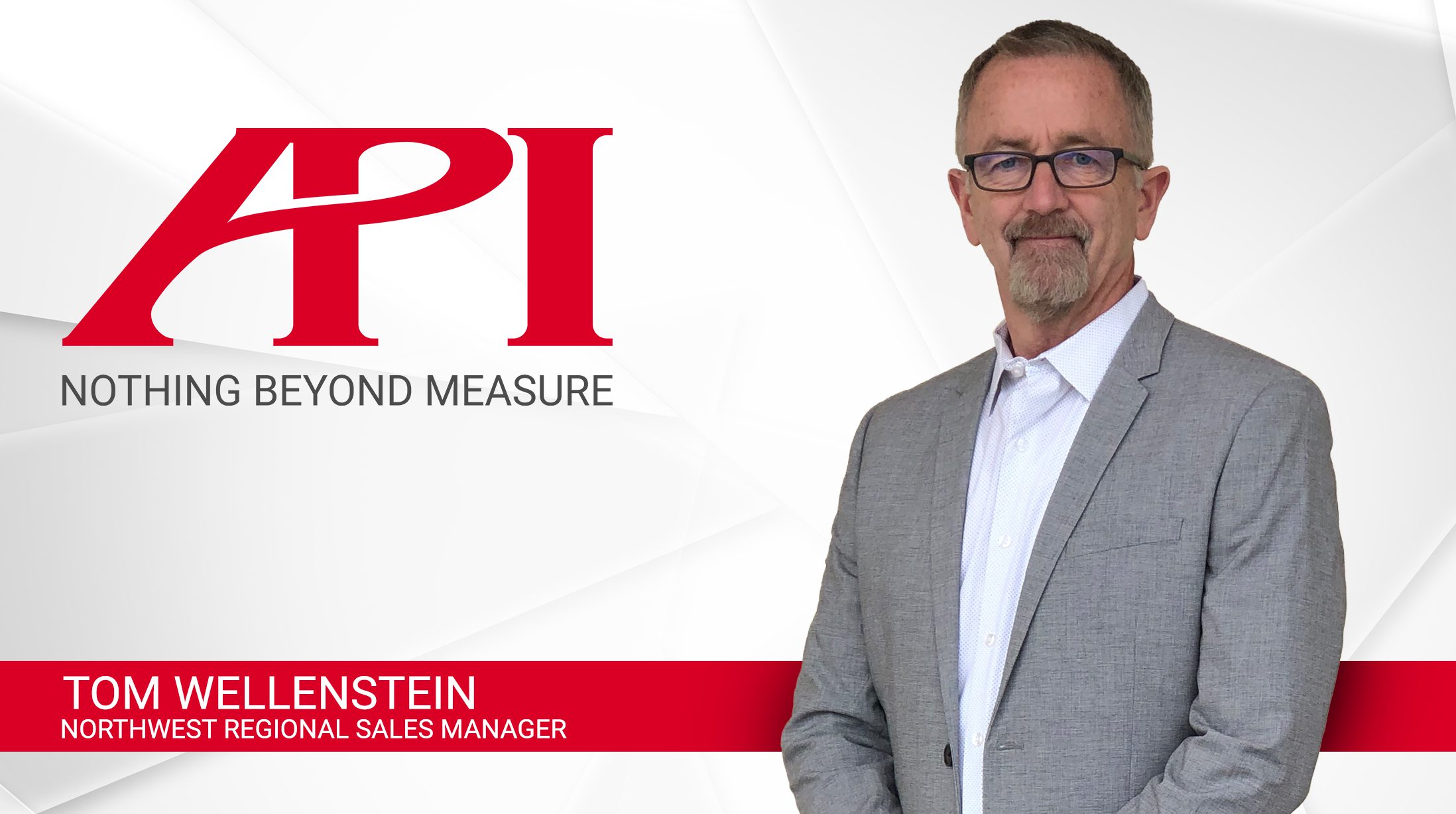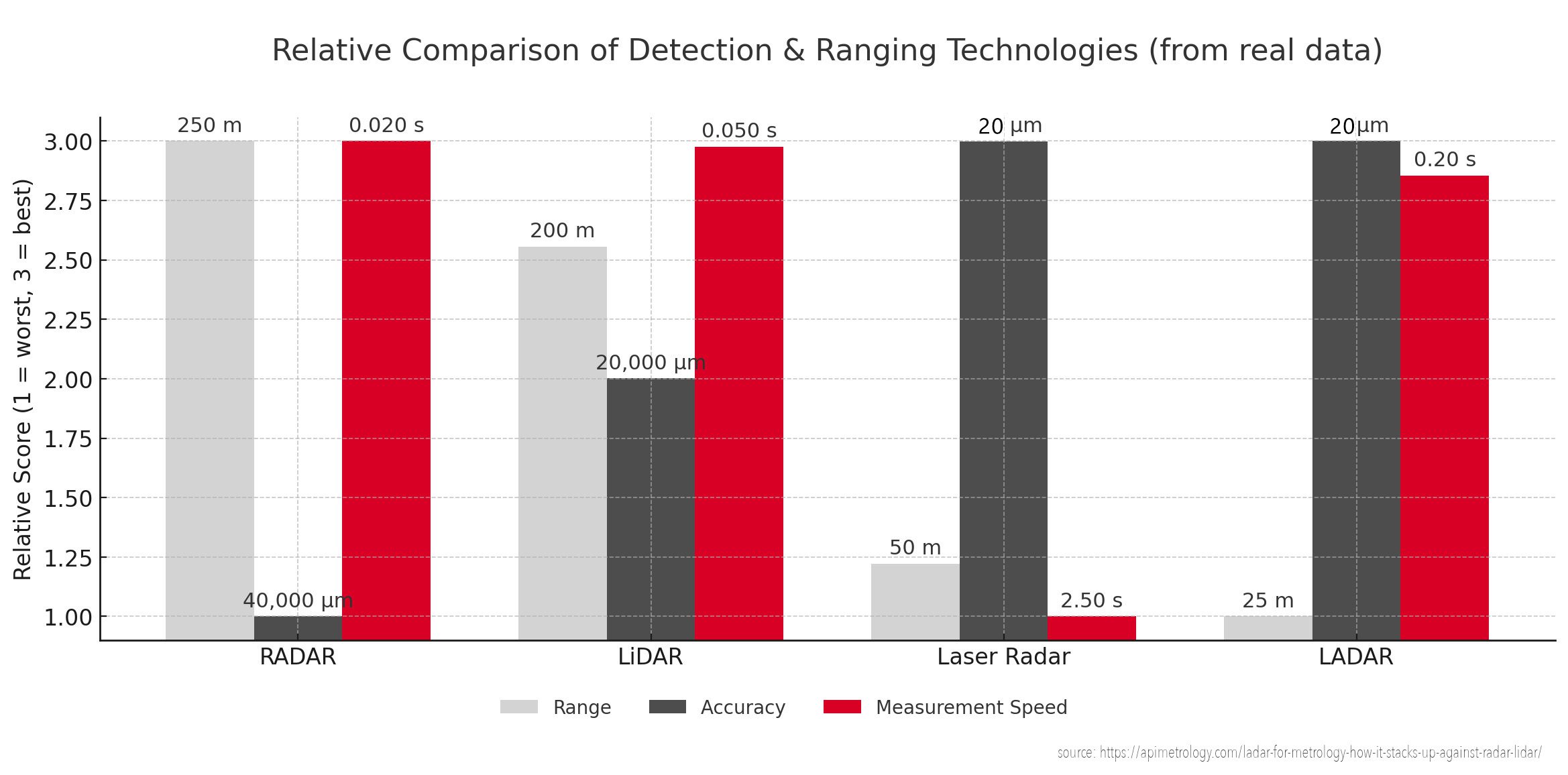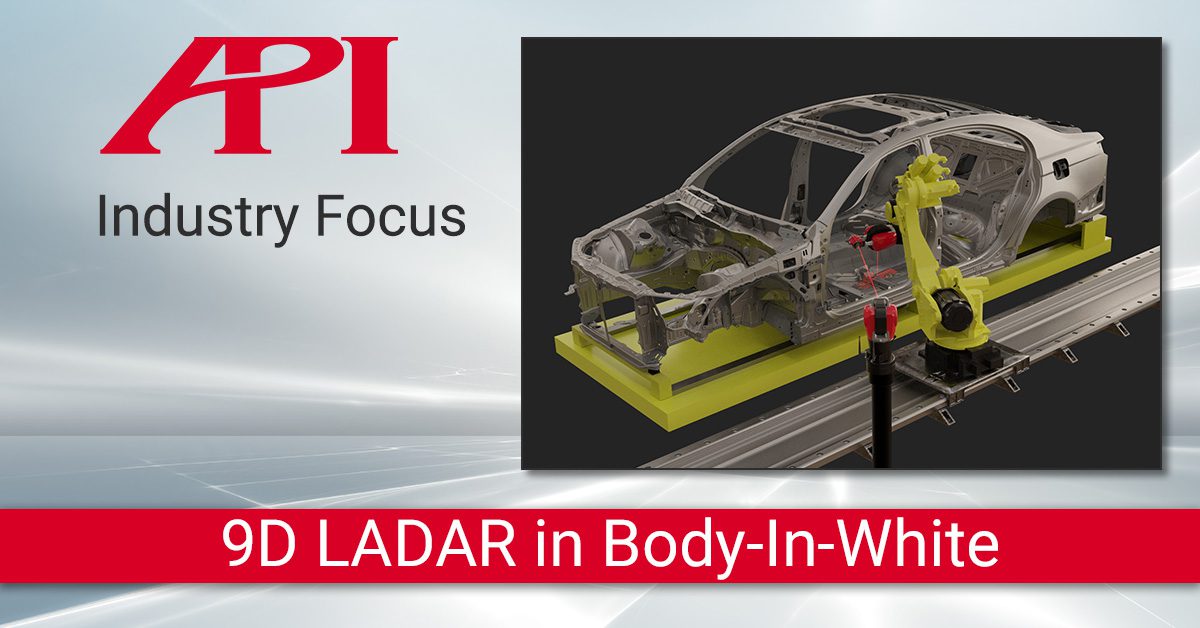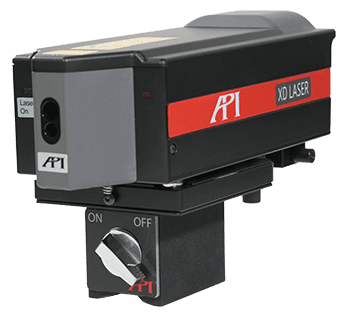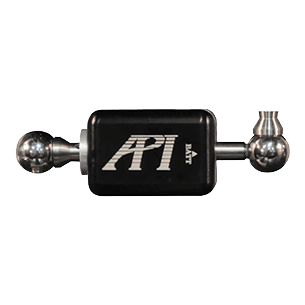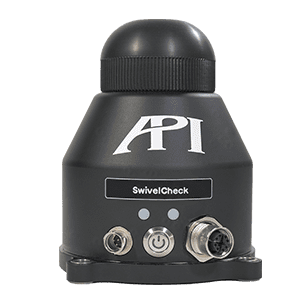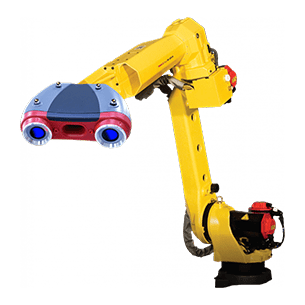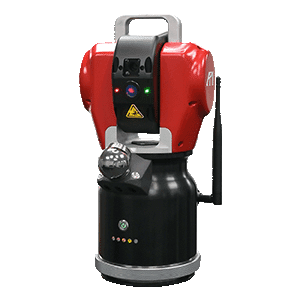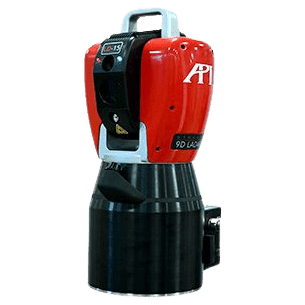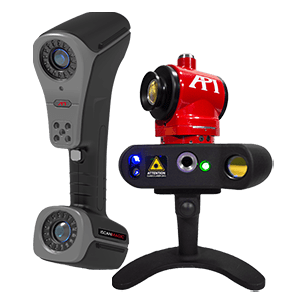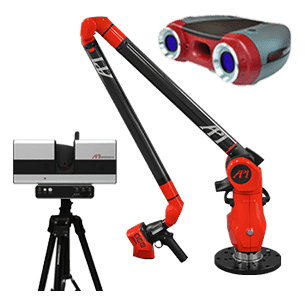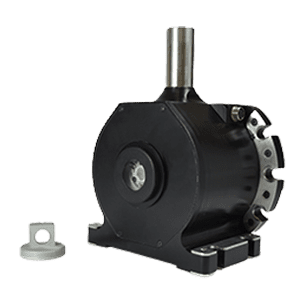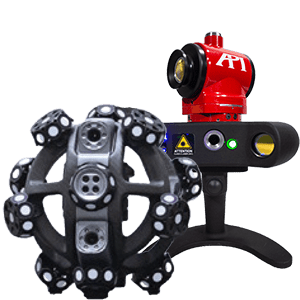Tom Wellenstein
Name: Tom Wellenstein
Position: Regional Sales Manager
1) What was your childhood like?
I was born in Minnesota in the 1960s. My early memories include playing in huge snow drifts that were literally half the height of our house. My family moved to Kansas City later, and that’s what I consider to be my hometown, where I went to high school and college.
2) Who was a hero to you growing up? Why?
I’ve always been a sports fan, especially baseball. Name a Kansas City Royals player, and at some point that was probably my hero.
3) What are your hobbies?
My friends know me as a motorcycle guy. I’ve been riding since I was a teenager, and I started modifying bikes for myself several years ago. That grew into doing motorcycle customization for friends and associates, and even for paying customers when I had time to spend on that.
4) How did you end up in metrology? Did you go to school for it?
My formal degree is in Mechanical Engineering, and I went to grad school for business. Some level of metrology was required for the design work I did in the aerospace industry. Since starting at API, I can see that I had barely scratched the surface with all of the innovation that has taken place in this field. It’s very eye-opening.
5) How did you come to be at API?
I took some time off from aerospace starting in 2019. I traveled and spent time with hobbies and with family all over the US. About the time I started looking at possibly returning to work, the aerospace industry was beginning to get hit hard by the pandemic. Somehow, I ended up sending a resume online to API for the US NW sales position, and here I am.
6) What are your roles and responsibilities with API?
I’m the Regional Manager for sales here in the US Northwest, and Western Canada. There is tremendous opportunity in this region, so I’m spending my time learning everything I can about API and applying that to the few decades of experience I’ve had in business development.
7) What sets API apart from other metrology companies in your mind?
Getting to know the people at API has been great. There’s a real sense of obligation to taking care of customers that prevails in the culture here. Much of the team has grown up together at API and putting the customer first has obviously never been in question.
8) What API Product or Service are you most excited to tell people about?
It seems we have a great portfolio overall, and I think as we align ourselves as an overall solutions provider with that entire offering, we really have something special to take to our customers.
9) What about API’s future excites you?
We are going to get new business growth here in the Northwest region that we have not experienced before.10) What does “Nothing Beyond Measure” mean to you?
I think this is a good sort of mantra to take with us as we explore opportunities with customers, and as a guide for ourselves in going forward as an organization. All companies need to evolve, and I think the fundamentals of measurement are key to helping both customers and API take the right steps in knowing how to move ahead.
– Radar
Radar (Radio Detection and Ranging) emits microwave pulses and measures the time for echoes to return. Because radio waves have long wavelengths, radar devices can detect objects at great distances and through fog, rain or dust. They are widely used in aviation, weather monitoring and speed‑enforcement. Radar systems provide a long range but lower spatial resolution compared with LiDAR . This lower resolution arises from the larger wavelength and beam divergence; as a result radar cannot pinpoint features smaller than several centimetres.
(source:wevolver.com)
– LiDAR
LiDAR (Light Detection and Ranging) uses pulsed laser light to measure distance. Because it operates at optical wavelengths, LiDAR can produce very high‑resolution 3D point clouds. It is the backbone of autonomous vehicles and aerial mapping. LiDAR systems generally have a shorter to medium range but offer high spatial resolution, enabling detailed 3D mapping
LiDAR’s ability to capture millions of points quickly makes it ideal for applications such as autonomous driving and surveying. For manufacturing metrology, LiDAR is useful for creating digital twins of large objects or structures. However, typical LiDAR accuracy (millimetre to sub‑millimetre) is not sufficient for tight‑tolerance inspections that require micron‑level precision. Therefore, LiDAR still falls short for high‑precision metrology in aerospace and automotive manufacturing.
– Laser Radar
Laser radar is often used to describe high‑precision laser time‑of‑flight systems. It uses a narrow, focused laser beam and measures not only the time of flight but also the angles of the incoming beam to compute precise coordinates. Laser radar systems can achieve micron‑level precision but typically operate over shorter ranges and at slower scanning speeds compared with LiDAR. Laser radar system steers a focused beam, reading the return signal directly from the object without a retroreflector, and is engineered to provide precise, industrial measurements with tolerances of thousandths or even tenths of thousandths of an inch. However, the speed of data collection is sacrificed for resolution—laser radar scans smaller areas more slowly to achieve high accuracy
(source:eastcoastmetrology.com)
– LADAR (Dynamic 9D LADAR by API)
LADAR (Laser Detection And Ranging) is sometimes used interchangeably with LiDAR, but API’s Dynamic 9D LADAR is a novel system that blends interferometry with laser scanning. LADAR is an interferometry‑based non‑contact measurement system that provides fast and accurate data acquisition. It overcomes several limitations of conventional measurement methods by delivering micron‑level resolution and eliminating issues such as limited accuracy, slow data acquisition speeds and sensitivity to surface reflectivity. LADAR technology uses fast data acquisition to deliver rapid, real‑time data collection, significantly reducing measurement and analysis time compared with traditional methods. It also functions effectively in noisy production environments and at various incident angles. The technology delivers rapid, real‑time data collection, making it suitable for in‑line production measurements where conventional laser radar is too slow.
To learn more about how LADAR can preform in line inspection, click here.



